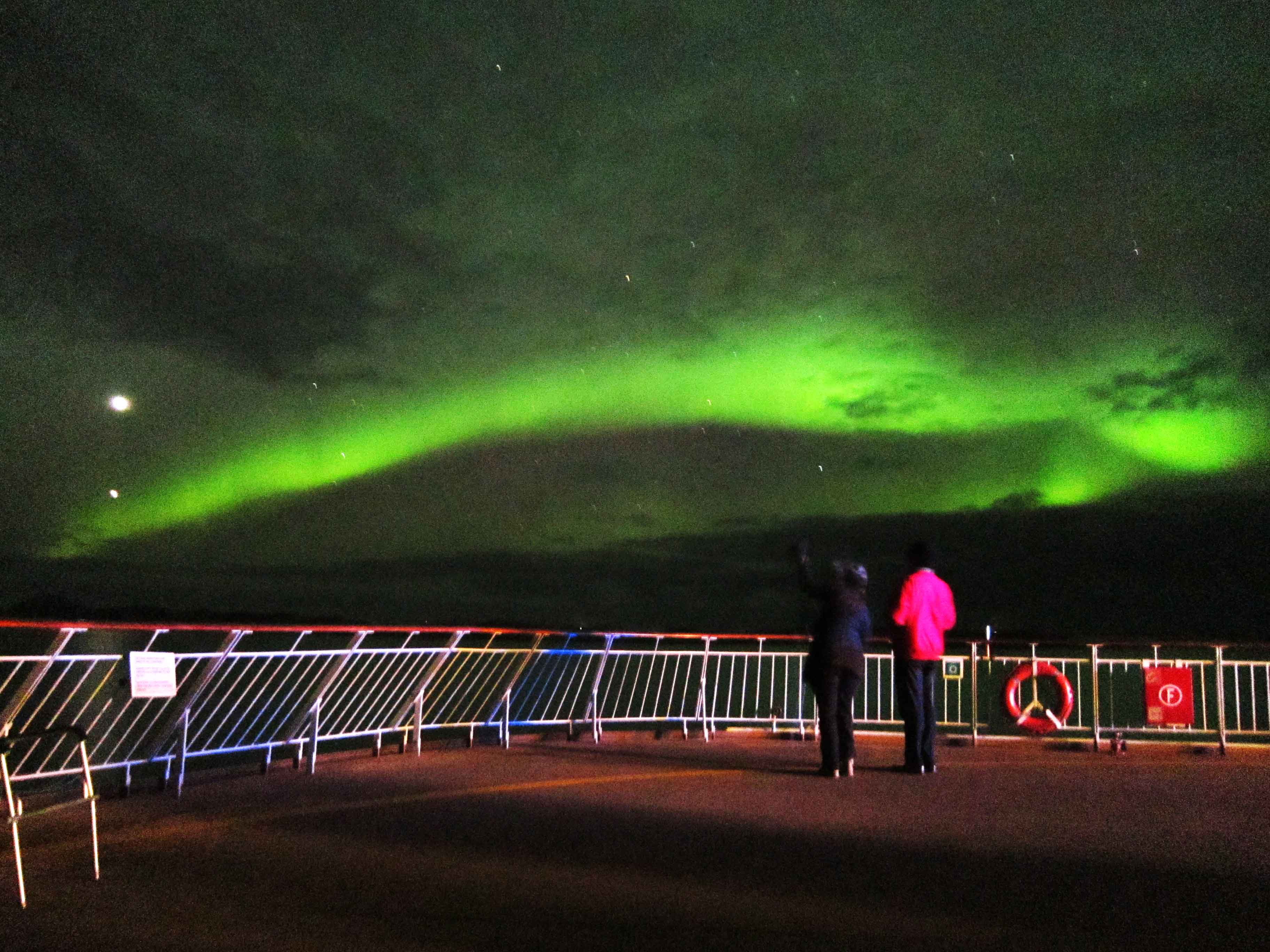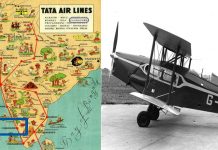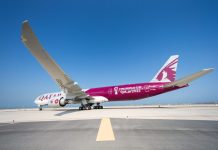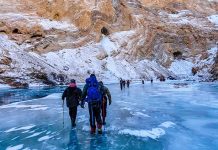The rugged, remote northern coast of Norway is a very beautiful, but a very isolated place to live. In the 19th Century, it could take up to five months for a letter to be delivered to some of the outlying Arctic communities on the northern and western coast of Norway. Then in 1893, the Norwegian government established Hurtigruten to carry freight, mail and passengers. Hurtigruten means “the express route” and it quickly became a lifeline for the many small villages in the north of Norway. As time has moved on and infrastructure has improved, the focus of the Hurtigruten boats has changed from the utilitarian, and expanded to serve the tourists who are keen to find out more about this fascinating part of the world. However, despite the creature comforts such as hot tubs and restaurants offered to cruising guests, the boats are still working boats and are a vital transport link for many small northern towns.

The decision to use the boats for tourist cruises was a natural one, as the Hurtigruten route has been called one of the most beautiful voyages in the world. The route begins in Bergen and takes in 34 ports over a round trip of 2,500 nautical miles. Most of the 12-day cruise is in sheltered, calm water and within sight of the magnificent and dramatic coastline.
The coastline of Norway boasts an abundance of natural beauty which changes with the seasons. In winter Norway is cloaked in thick white snow and the long, dark nights make a winter cruise the perfect opportunity to enjoy the night sky without light pollution. Guests feast their eyes on the beauty of the milky way and look out for the aurora borealis, also known as the northern lights. The dancing, colourful lights of this magical natural phenomenon are the main reason many choose a winter cruise, although there is much more to see. Sky-watchers can sail on a cruise especially designed for stargazing, complete with lectures from renowned astronomers.
On the other hand, a summer visit offers long days. Twenty-two of the ports visited are north of the Arctic circle and form part of the “land of the midnight sun”. In Tromsø the sun doesn’t set between the 20th of May and the 20th July! A summer cruise also takes in UNESCO World Heritage site Geirangerfjord in southern Norway where the thawing snow and ice feed spectacular waterfalls, including Brudesløret (“the Bridal Veil”), where the water gives the illusion of sheer, delicate fabric.
In autumn you can cruise to mountain-ringed Hjorundfjord in the Sunnmøre Alps. One of the longest fjords in Norway, Hjorundfjord is a hidden treasure which was once favoured as a holiday destination by European Royalty including as King Oscar II of Sweden, Queen Wilhelmina of Holland, and Emperor Wilhelm II of Germany. When you see the lush green mountains that surround the fjord you will understand why.
Spring brings blooming flowers and beautiful flora, as the ice begins to thaw the contrast between the frozen north and more temperate south becomes more evident.
The area teems with wildlife. Bird watchers on the cruise can look out for seabirds such as eider ducks, sea eagles, cormorants and Arctic skuas, and a whale watching trip is available to nature lovers who wish to see these magnificent creatures up close. You may even be lucky enough to spot a pod of orca.
Although the natural beauty of the area alone is worth the trip, there is much more to a Hurtigruten cruise than gorgeous scenery. The history of Norway, from the Vikings to the second world war and beyond, is written into the coastline. Hammerfest, the most northerly town in the world, was attacked by Britain in the Napoleonic wars. In World War Two Hammerfest was a base for the German fleet. Sadly, most of the town was razed to the ground in the war, the small Hauen Chapel being the only building left standing. The Museum of Reconstruction tells the story of the town’s rebirth and regrowth in the face of this destruction. Trondheim was the starting point on the adventures of many Viking explorers, and its magnificent Gothic cathedral has welcomed pilgrims for centuries.
On your visits to shore, you can go to a Viking feast, embark on a glacial hike, or take a walk around the historical town of Honningsvåg. Travellers in search of a more of an adrenaline rush can choose from a range of more active excursions ashore such as quad biking, crab fishing and dog sledging.
The Norwegian coast is full of charming and unusual places to visit. In cities such as Bergen and Tromsø (known as “the Paris of the North”), the modern mingle with the traditional. Wooden houses and churches huddle side-by-side with 21st-century hotels and ports bustle with the trade. Some of the smaller towns are still economically dependent on fishing, and some of the locals keep to the ancestral traditions of the Sami, the indigenous people of northern Norway (sometimes known as Lapps in English.) The cruise offers several opportunities to learn more about the Sami way of life, including language, herbalism and bushcraft. You can even try the traditional foods of the area such as cloudberries and reindeer.
A cruise with Hurtigruten is a unique opportunity to go off the beaten track and see an unspoiled and untamed part of the world. As well as beautiful landscapes, spectacular wildlife and historical towns, you will meet the warm and welcoming people who make this northernmost part of Europe their home.
What began as a purely functional shipping route to improve transport and access to remote communities, has blossomed into a fully-fledged tourist industry. Hurtigruten cruises invigorate the local economies of these communities but gives travellers the chance to learn more about this otherwise inaccessible part of the world. “Memories that will last a lifetime” is a travel writing cliche, but of this particular shipping route, it’s true.


















